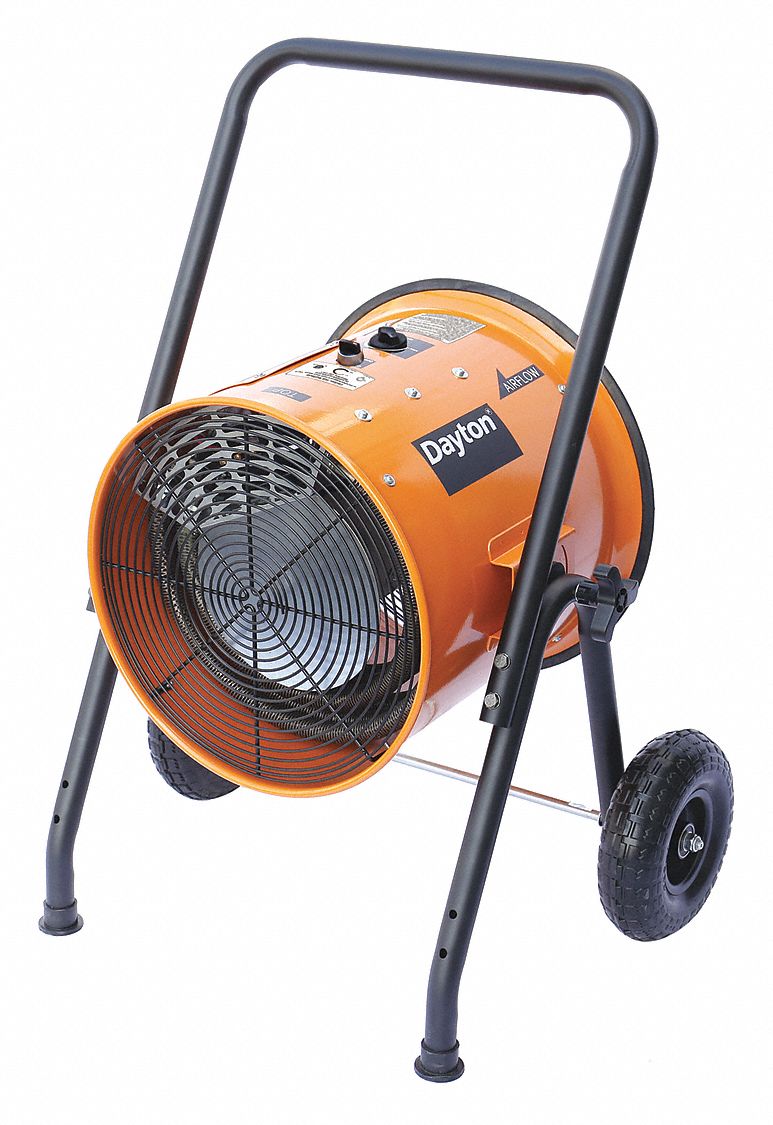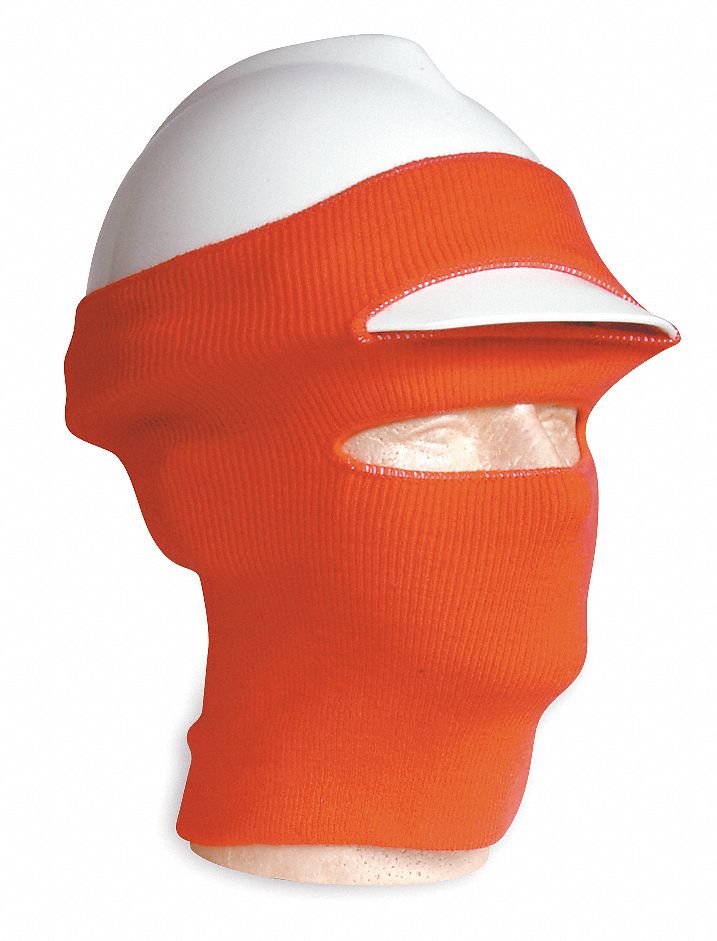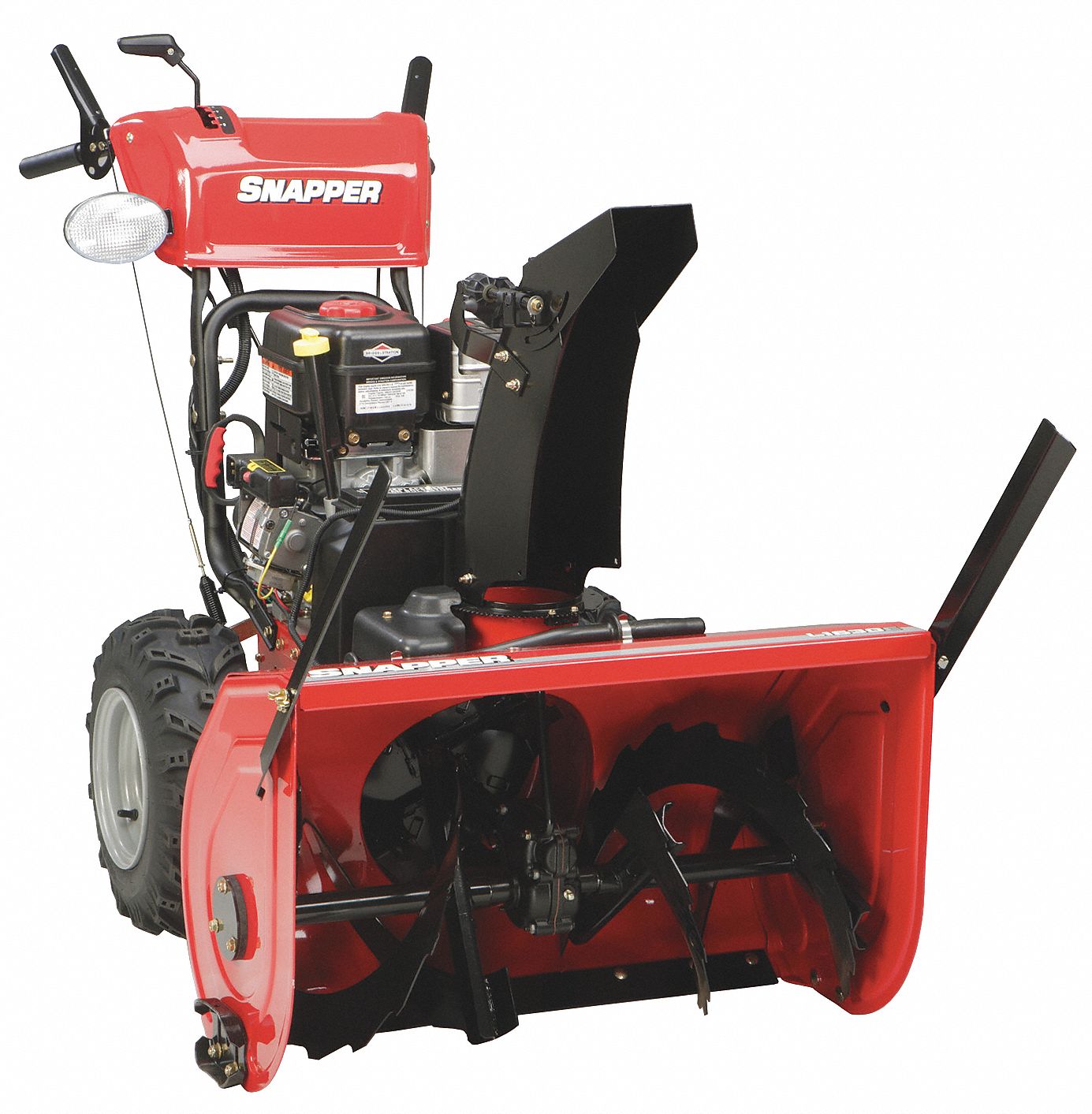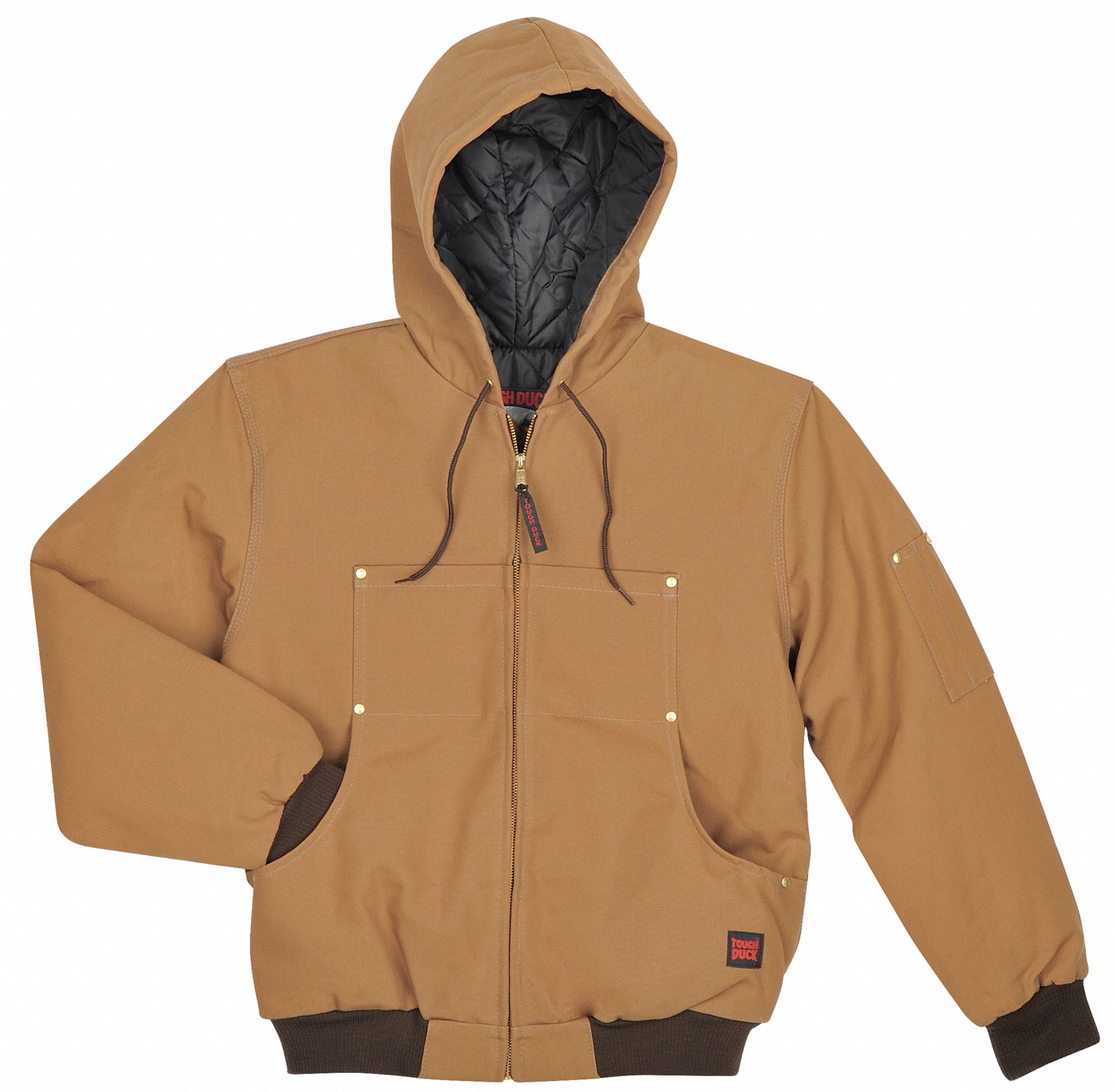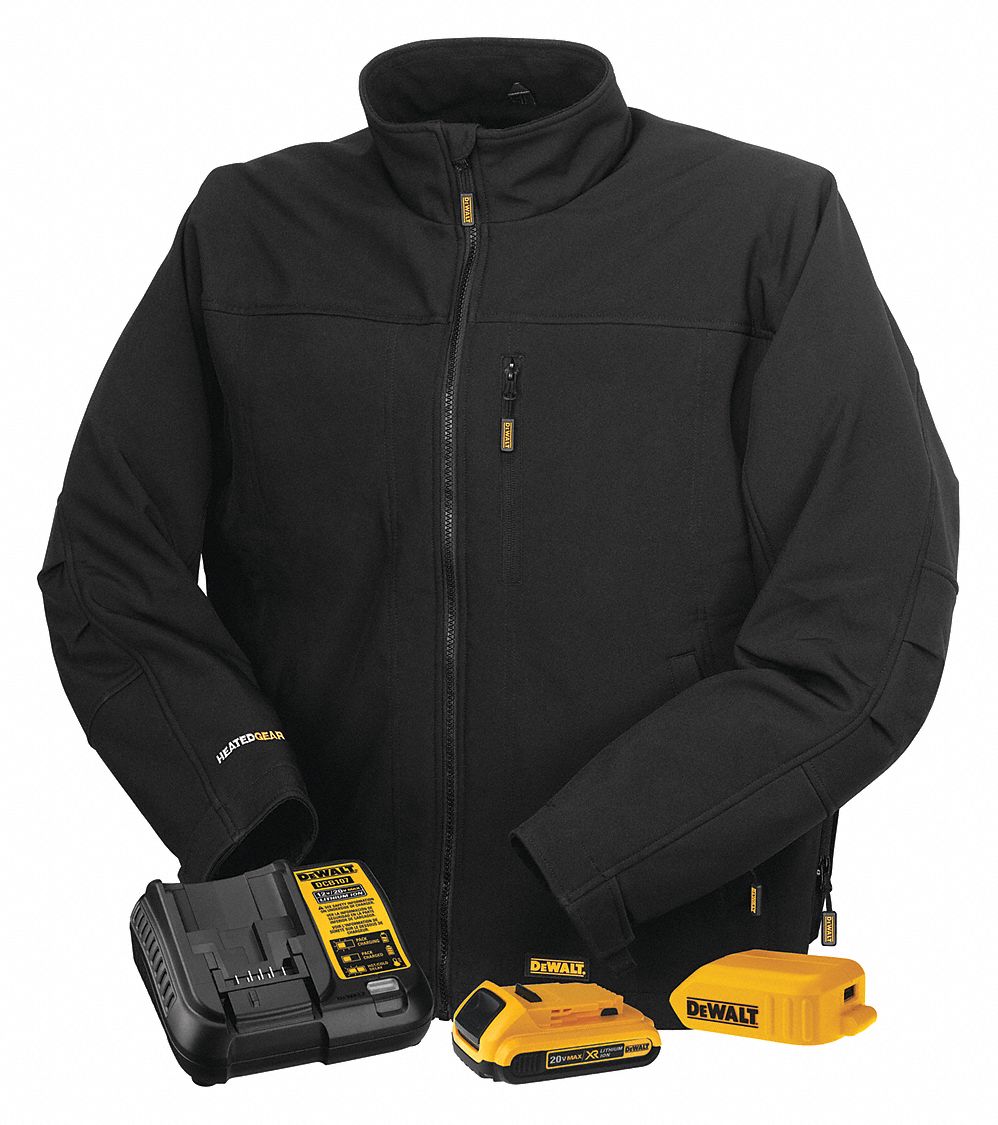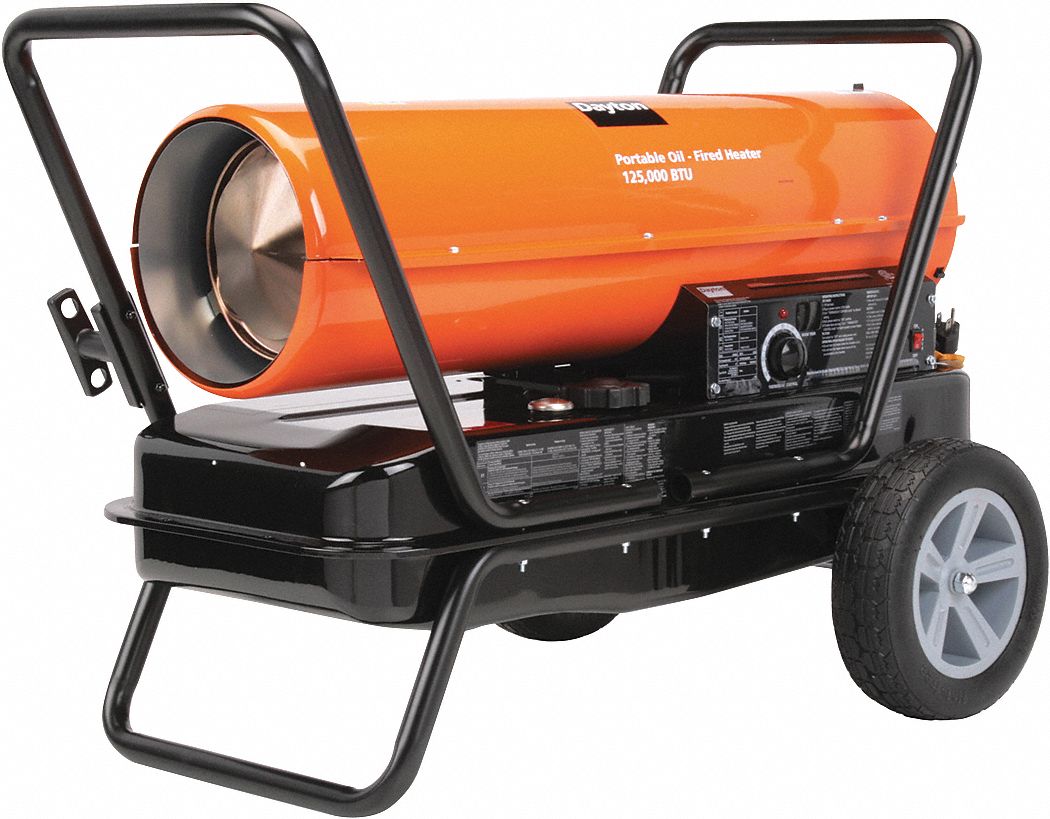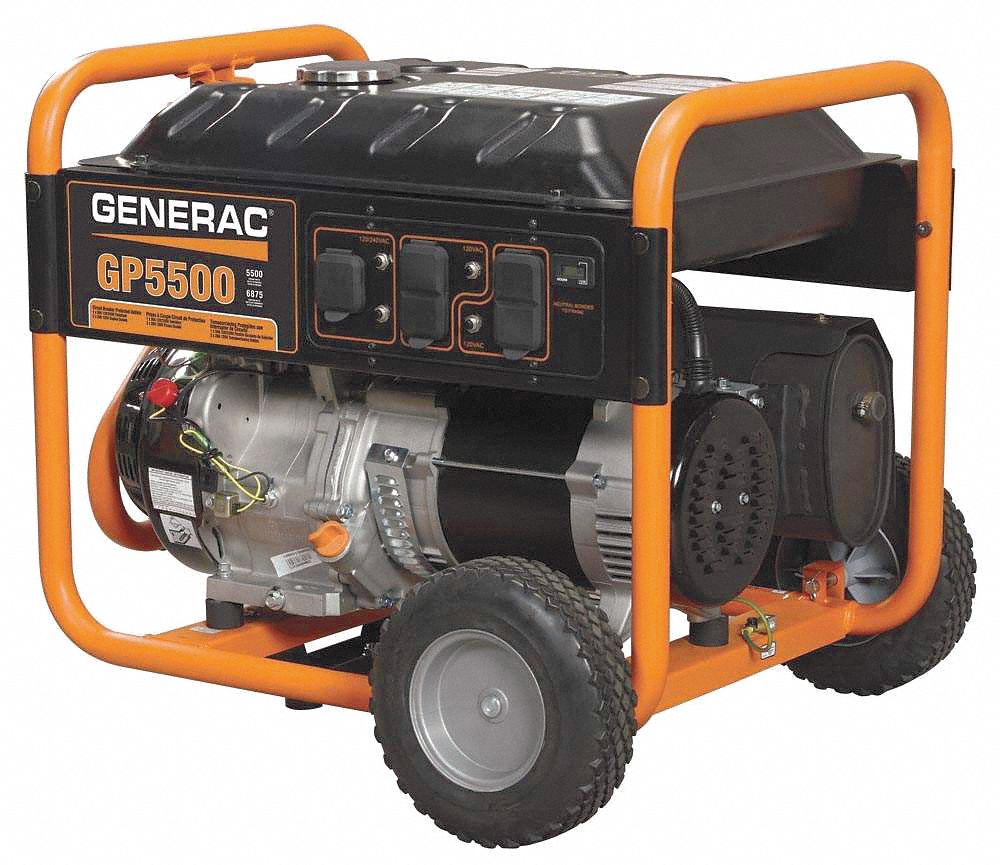

Preparing for Severe Winter Storms
By Grainger Editorial Staff 10/22/19


Winter weather can range from moderate snow cover over a few hours to blizzards with blinding, wind-driven snow that lasts for several days. Winter weather can bring forth periodic storms that are accompanied by dangerously low temperatures and sometimes wind, ice and freezing rain. Winter storms can prevent employees and customers from reaching your facility, leading to a temporary shutdown until roads are cleared. Heavy snow and ice can also cause structural damage and power outages.
Planning Considerations Before and During A Storm
Planning is the key to preparing for winter storms. Here are some key steps to your preparation:
- Listen to NOAA Weather Radio or local radio and television stations for weather information
- Become familiar with terms relating to severe winter weather
- If possible, keep employees indoors, in case of snow-blocked roads
- Establish procedures for facility shutdown and early release of employees
- Encourage outdoor employees to dress for warmth, with layers of loose-fitting, lightweight warm clothing
- Store food, water, blankets, battery-powered radios with extra batteries and other emergency supplies for employees who become stranded at the facility
- Provide a backup power source for critical operations
- Keep water pipes from freezing with pipe insulation
- Arrange for snow and ice removal from parking lots, walkways, loading docks, etc. Spread ice melt in high-traffic walkways
- If using a generator, read all directions and exercise care
Post Storm Cleanup
Once the storm has passed, take stock of your facility:
- Continue listening to NOAA Weather Radio or local radio and television stations for updated weather information
- Use caution when re-entering a facility that may have been damaged by high winds and/or ice and snow
- Check water/gas pipes for leaks
- Check for ice on walkways and parking lots. Additional snow removal or ice melt spreading may necessary due to winds or sudden temperature drops
- Clear snow and ice away from fire hydrants, electrical meters, gas meters, fire lanes, fire sprinkler valves and critical outdoor equipment
It’s important to observe all safety precautions when preparing and dealing with a severe winter event. Once the storm has passed, it may be helpful to review your plan and make any adjustments based on what worked well and what procedures needs to be changed. View a checklist of items to help you prepare for and recover from winter storms.
The information contained in this article is intended for general information purposes only and is based on information available as of the initial date of publication. No representation is made that the information or references are complete or remain current. This article is not a substitute for review of current applicable government regulations, industry standards, or other standards specific to your business and/or activities and should not be construed as legal advice or opinion. Readers with specific questions should refer to the applicable standards or consult with an attorney.

